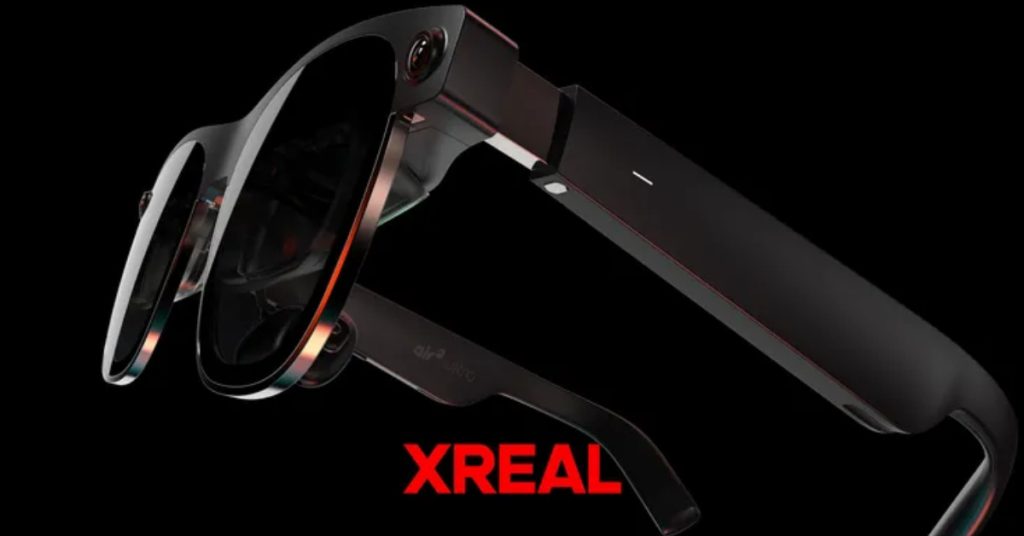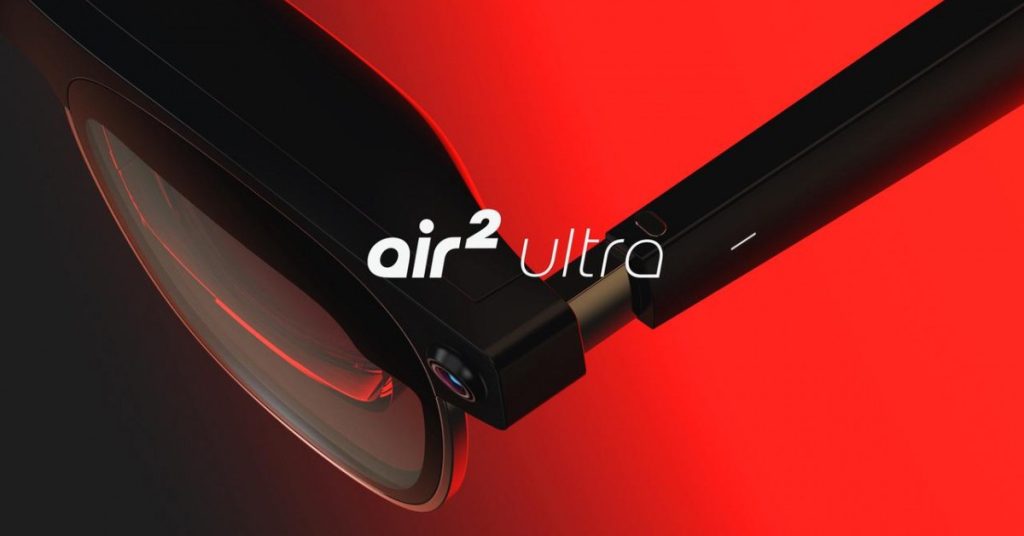Xreal, known for its AR glasses, has unveiled its latest offering, the Air 2 Ultra, at CES 2024. This comes ahead of the much-anticipated launch of Apple’s Vision Pro, making it clear that Xreal is vying for a slice of the high-end AR market.
The Air 2 Ultra utilizes two 3D sensors with advanced computer vision, allowing users to interact with real-world objects and manipulate them in a digital space. This opens doors for creative applications like 3D object manipulation, virtual furniture placement, and immersive gaming experiences.

Design-wise, the Air 2 Ultra resembles stylish sunglasses, making them comfortable for extended wear. Weighing just 80 grams, they boast adjustable temples and three nose pad sizes for a snug fit.
Notably, these are the first titanium AR glasses, equipped with Sony’s Micro OLED panels. Each eye enjoys a Full HD display with a 52-degree field of view and 42 pixels per degree – surpassing the Apple Vision Pro in sharpness. Xreal claims you can project a virtual 154-inch screen onto your surroundings.

The display also has a refresh rate of 120Hz and brightness comes at 500 nits, so you can use it outdoors too. There are also features like auto-dimming lenses for immersion, directional audio for privacy, and voice interaction.
However, do note that, unlike standalone headsets, the Air 2 Ultra requires external processing power from a smartphone, computer, or Xreal’s Beam module. Sure, this makes it lighter and potentially more affordable, with a price tag of $699 compared to Apple’s rumored $3,499 Vision Pro. But it also means relying on compatible devices for processing power.
Xreal says Air 2 Ultra is currently mainly intended for developers, as there won’t be much AR content at launch and the SDK will receive significant upgrades in the coming months.
Related:
- XREAL Air 2 and Air 2 Pro AR Glasses launched in China
- Xiaomi Band 8 Genshin Impact custom edion get a huge discount.
- Unlock Savings: Discount on Every Giztop Product under the New Year Sale Extravaganza
- Big Discount: AOOSTAR R1 N100 NAS Mini PC Only For $159
- Best Smartphones Awards 2023 – Gizmochina





